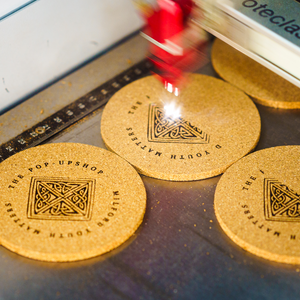What Are The Made of?
Do Latex Balloons Harm Wildlife?
How Long Does It Take For A Latex Balloon To Biodegrade?
Oxidation is the first step in breakdown of a latex balloon, and it begins within approximately one hour of inflation. Oxidation is visible in some types of balloons as a cloudy appearance. This is the most when the balloon is exposed to direct sunlight, heat or normal outdoor conditions. Research was carried out in July 1989 with a variety of balloons under various conditions. This study indicated that the decomposition time for balloons in about the same as an oak leaf – 6 months.
What Happens To Latex Balloons When Released? – Do They Pollute Nature?
Have you ever walked into the woods and found a balloon that was littering the ground? But you do find cans and plastic litter almost everywhere? There’s a reason for this. Here’s the technical bit… It’s because of what happens to latex balloons when they go up in the sky. Most of them go very high, about five miles, where there’s very little pressure and the temperature is very cold. The helium inside them expands past the ability of the cold rubber to keep it in, and then they shatter into small spaghetti-like fragments and float five miles back to earth, scattered over a very wide area. A maths formula, based on a release of 500 balloons, shows that those that don’t explode would be scattered enough so that only one balloon would fill an area of fifteen square mile area. And if it did, it would join leaves, wood chips and other natural materials which decompose and naturally recycle themselves.
Conclusion:
- Latex balloons filled with helium and released into the air start decomposing quickly, and that the wind and air currents scatter them far apart.
- It may be that balloons found in wildlife or on our beaches were carelessly disposed of by people and not mother nature.
- Balloons are made of natural rubber, not man-made rubber or plastic. Natural rubber comes from nature own rubber tress. And those tresses really help the earth, wildlife and us!



















 by Totally Branded
by Totally Branded

